Busbar: Improving Efficiency and Safety in Electrical Systems
As more and more drivers demand a comfortable experience and feel in the car or on the boat, the demand for electricity in cars and boats is constantly increasing. If every circuit is connected to the battery, the wires may become very messy and the terminal block space cannot accommodate all the circuits. So installing bus bars to the battery terminals, and then connecting each circuit to the bus bars, makes maintenance, installation and future expansion much easier. Since they act as an extension of the battery terminals, the electrical system may have both positive and negative busbars.
What is a busbar?
A busbar is an electrical connection point that connects all of the studs or terminals so that all of the electrical terminals have the same voltage level. It is the point of connection for a power source to many molecular circuits, or many branch circuits back to a single source. Its main purpose is to carry power and distribute current, making the system more efficient.
Busbar Materials
Industry standard busbars are available in purple copper, which is a good conductor of electricity and has high performance efficiency. Most busbars are coated (usually with tin) to protect the copper from oxidation and corrosion. Of course you can also find busbars made of aluminum or brass in the market, but we recommend that you try not to choose them because they are less efficient.
Busbar in Different Industries
Busbar is used in various industries to power and distribute electricity to different devices. In the automotive industry, busbar is used in vehicles to distribute power to various electrical systems such as the lighting system, audio system, and engine control unit. In the marine industry, busbar is used to distribute power to various electrical devices on boats and ships. In the telecommunications industry, busbar is used to power and distribute electricity to communication equipment such as radio transmitters and receivers. In the solar power industry, busbar is used to connect solar panels to batteries and other electrical devices.
What can we offer?
Daier has a very wide range of busbars. We have a wide range of common busbars from 80A-300A. Daier's busbars can be more expensive than lower cost busbars because there is so much current flowing through the assembly, so this is not a cost that can be reduced and your safety may depend on it.
80A Busbars
Product Model: BB1-1, BB1-1A, BB2-1
Maximum Voltage: 48V DC / 300V AC
Continuous Rating: 80A DC
Terminal Type: M6/M8/M10

150A Busbars
Product Model: Daier BB150 Series
Maximum Voltage: 48V DC / 300V AC
Continuous Rating: 150A DC
Terminal Type: M4/M6/M8/M10
With insulated protective cover

250A Busbars
Product Model: Daier BB250 Series
Maximum Voltage: 48V DC / 300V AC
Continuous Rating: 250A DC
Terminal Type: M4/M6/M8/M10
With insulated protective cover

300A Busbars
Product Model: Daier BB300 Series
Maximum Voltage: 48V DC / 300V AC
Continuous Rating: 250A DC
Terminal Type: M4/M8/M10
With insulated protective cover

Conclusion
Busbar is an essential component in electrical systems, providing improved efficiency, enhanced safety, and flexibility and scalability. Proper installation, maintenance, and troubleshooting of busbar ensure optimal performance and prevent faults. Busbar is used in various industries to distribute power and electricity to different devices, highlighting its importance in modern electrical systems.


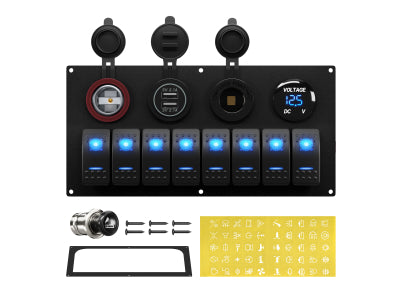
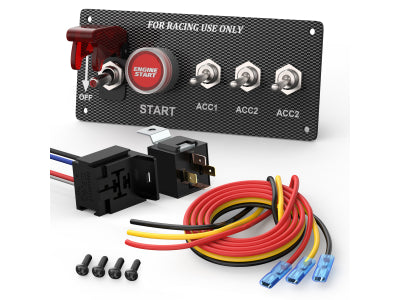
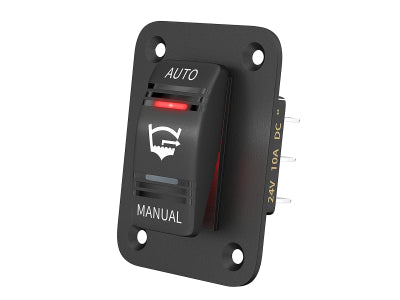
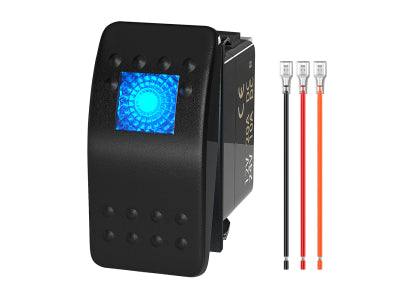
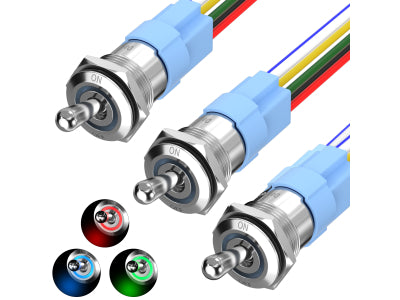
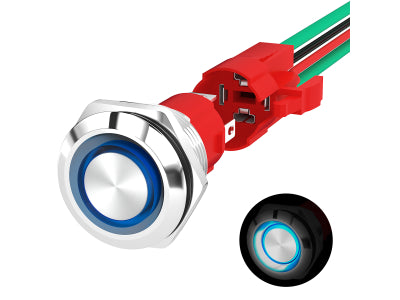
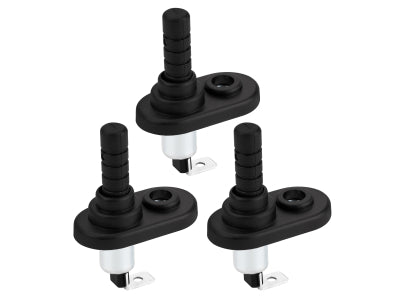
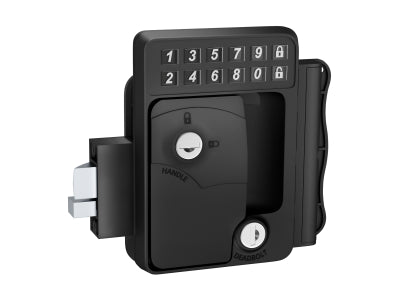
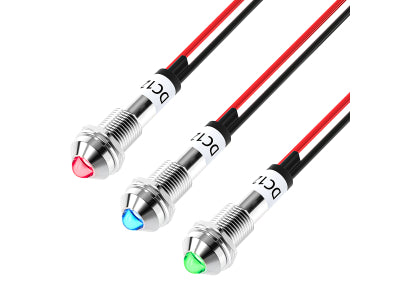
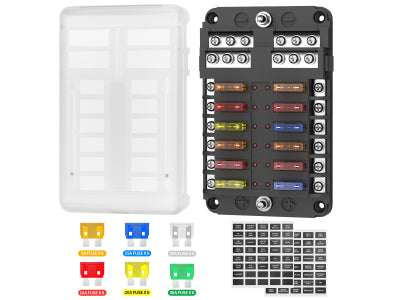
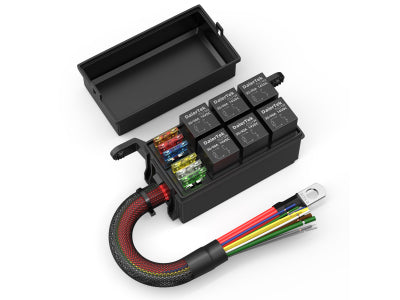
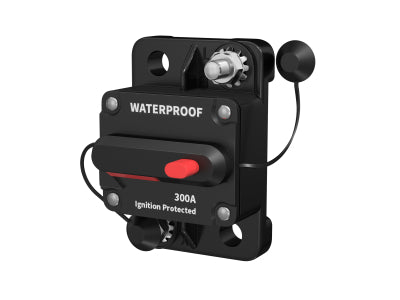
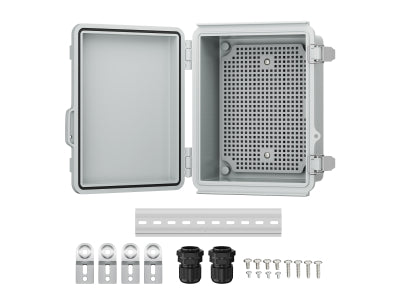
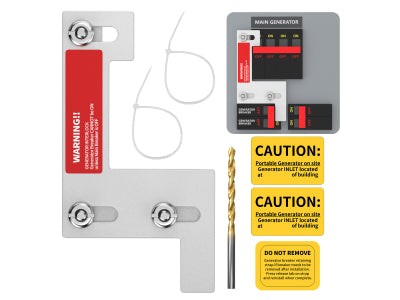
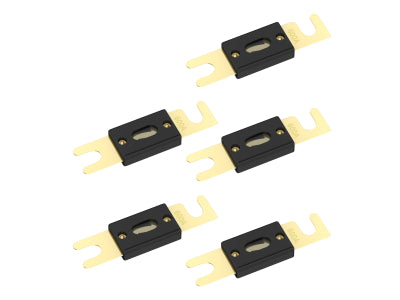
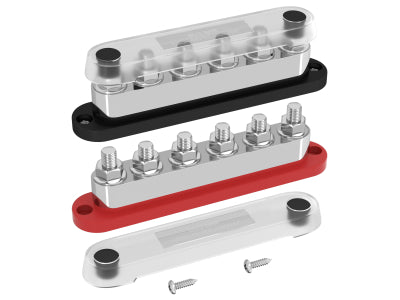
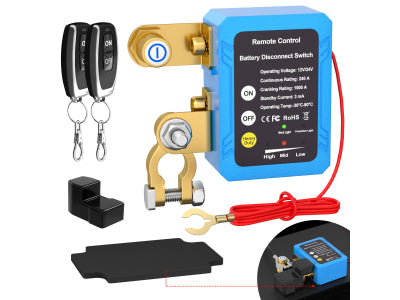
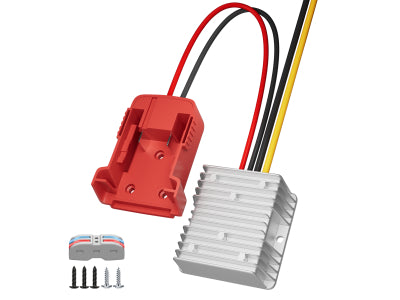
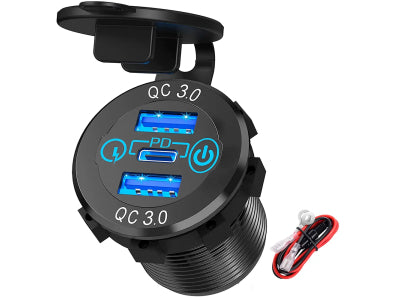
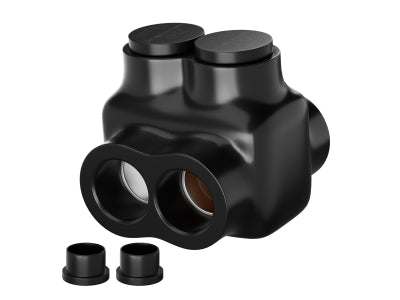
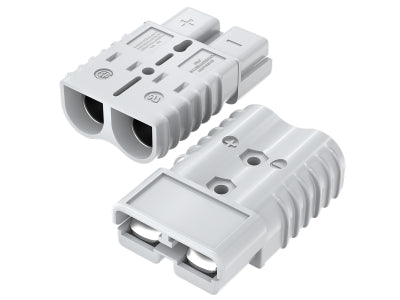
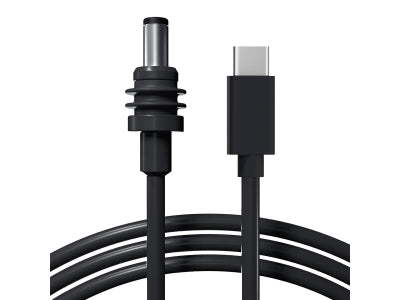
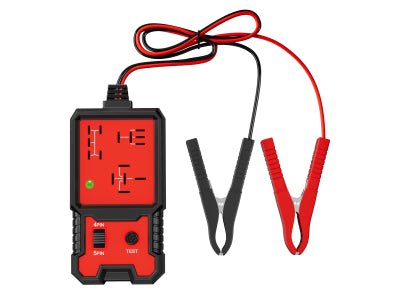
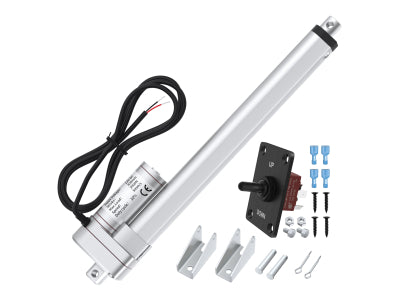
Leave a comment